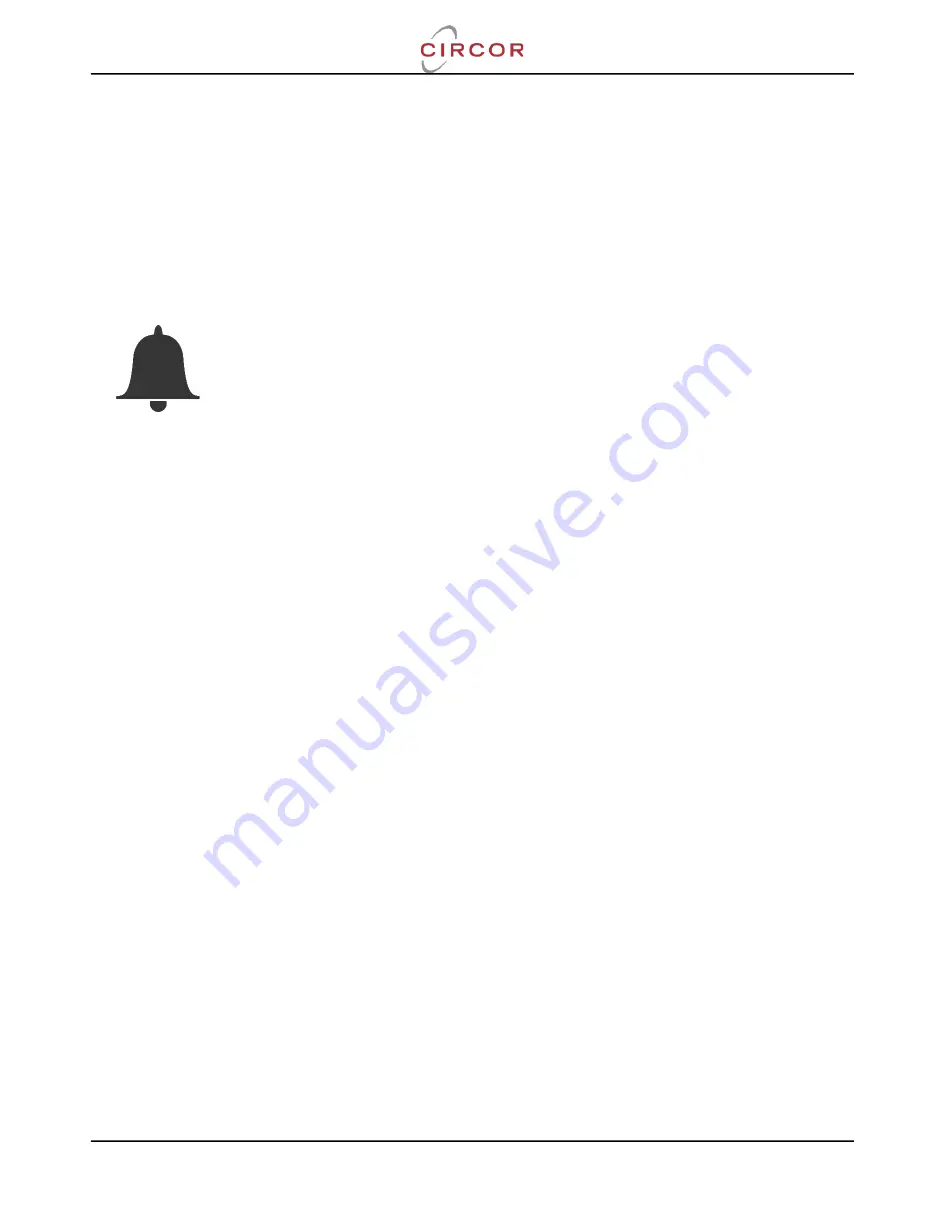
Installation
TT Twin-Screw Pump -
Installation, Operation & Maintenance Manual
37
4. Make corrections according to the separate instructions for angular and parallel
alignment until you obtain the allowable reading values.
Grout the baseplate
Required equipment:
•
Cleaners: Do not use an oil-based cleaner, the grout will not bond to it. Refer to the
instructions provided by the grout manufacturer on suitable cleaners to be used.
•
Grout: Non-shrink cementitious grout or epoxy grout is recommended.
NOTICE:
Always use an installation contractor that is experienced in grouting similar types of equipment
and can follow the procedures detailed in API RP 686, Chapter 5; and other industry
standards.
It can’t be overstated - the critical importance of a high-quality grout installation in
enabling the long-term reliability and performance of the equipment.
1. Clean all the areas of the baseplate that will come into contact with the grout.
2. Build a dam around the foundation. The dam must be high enough to contain the grout pour.
It is recommended that the dam height be at least 1” (25mm) higher than the final level of the
grout. If epoxy grout is to be used, the dam must include the 45° angle edge chamfer (see
also step 9.)
3. If cement type grout is used, thoroughly wet and saturate the foundation that will come into
contact with the grout for at least 24 hours prior to grout placement.
4. If epoxy type grout is used, then the foundation must be completely dry.
5. Shade the foundation and equipment from sunlight for 24 hours prior to grout placement to
ensure temperature equalization has occurred.
6. Use a properly shaped temporary form on the short side of the foundation to create positive
head pressure
of 6” to 8” (150mm to 200mm) and pour the grout smoothly and without
turbulence letting it flow under the baseplate.
Never place grout from both sides of the
foundation
.
7. Continue pouring until the grout level just above that of the lower baseplate surface.
8. If correctly mixed and poured, air entrainment in the grout should be absent or minimal.
However, if necessary after the grout is poured, remove any remaining air bubbles from it by
using a suitable vibratory tool designed specifically for the release of air from grout.
9. The edge of the grout should be chamfered at a 45° angle in order to remove crack prone
square edges. The chamfer can be accomplished by building the 45° angle into the dam
form. Alternatively, for cement type grouts, the chamfer can be applied after the initial
solidification of the grout.
10. Keep the foundation and equipment shaded from the sun for at least 48 hours after pouring
to allow the grout to fully set. If a cement type grout is used, wet cure all exposed areas of
















































